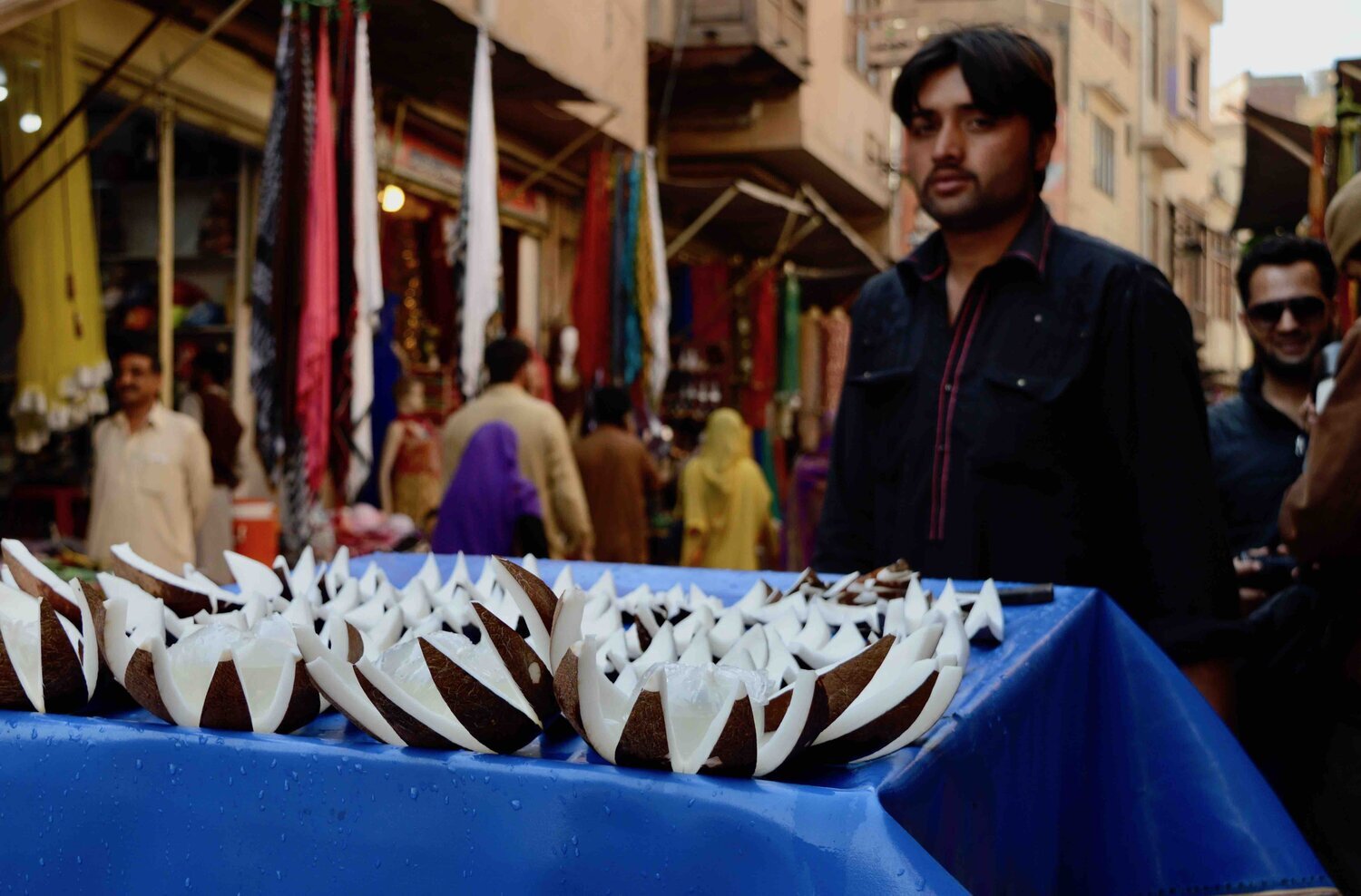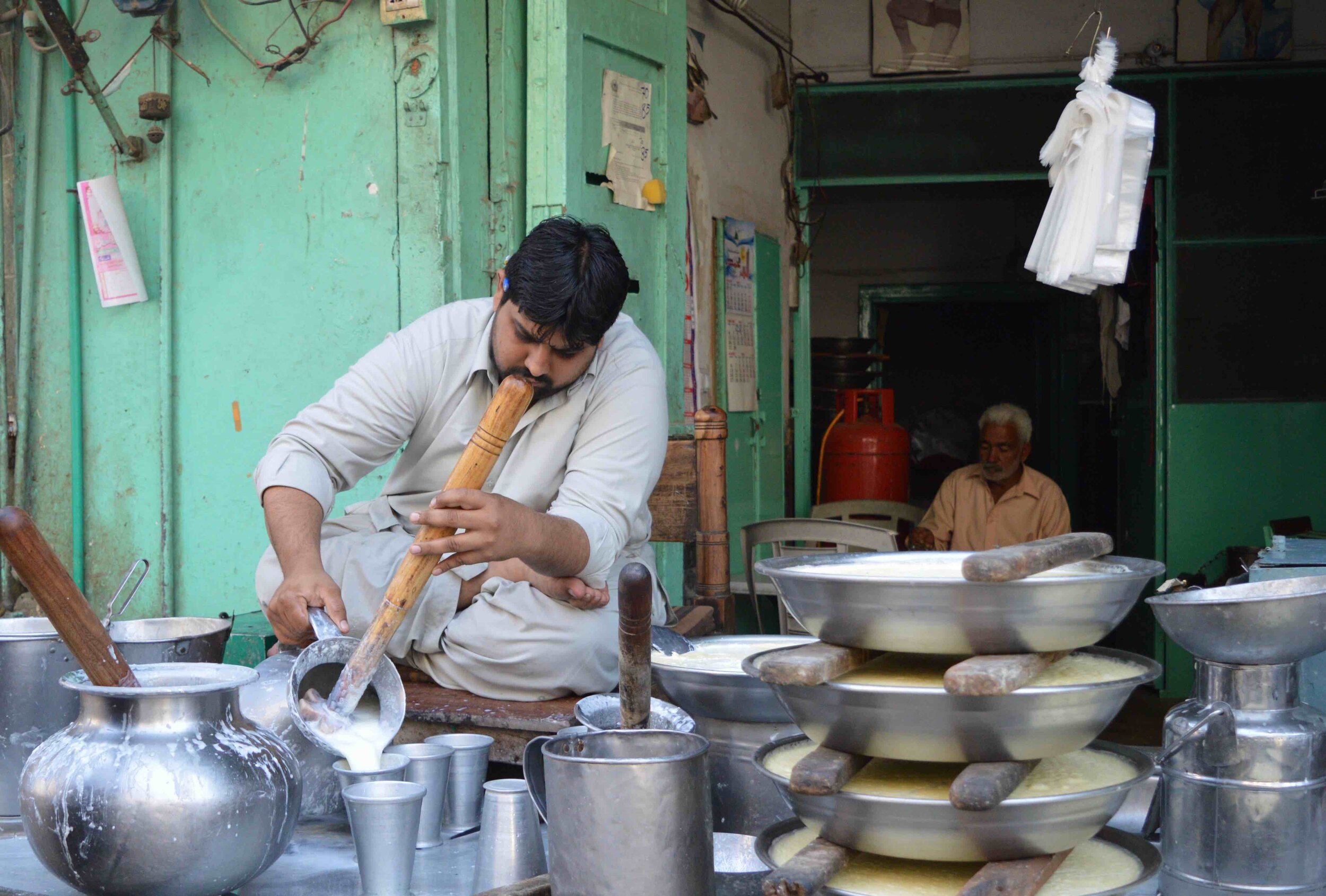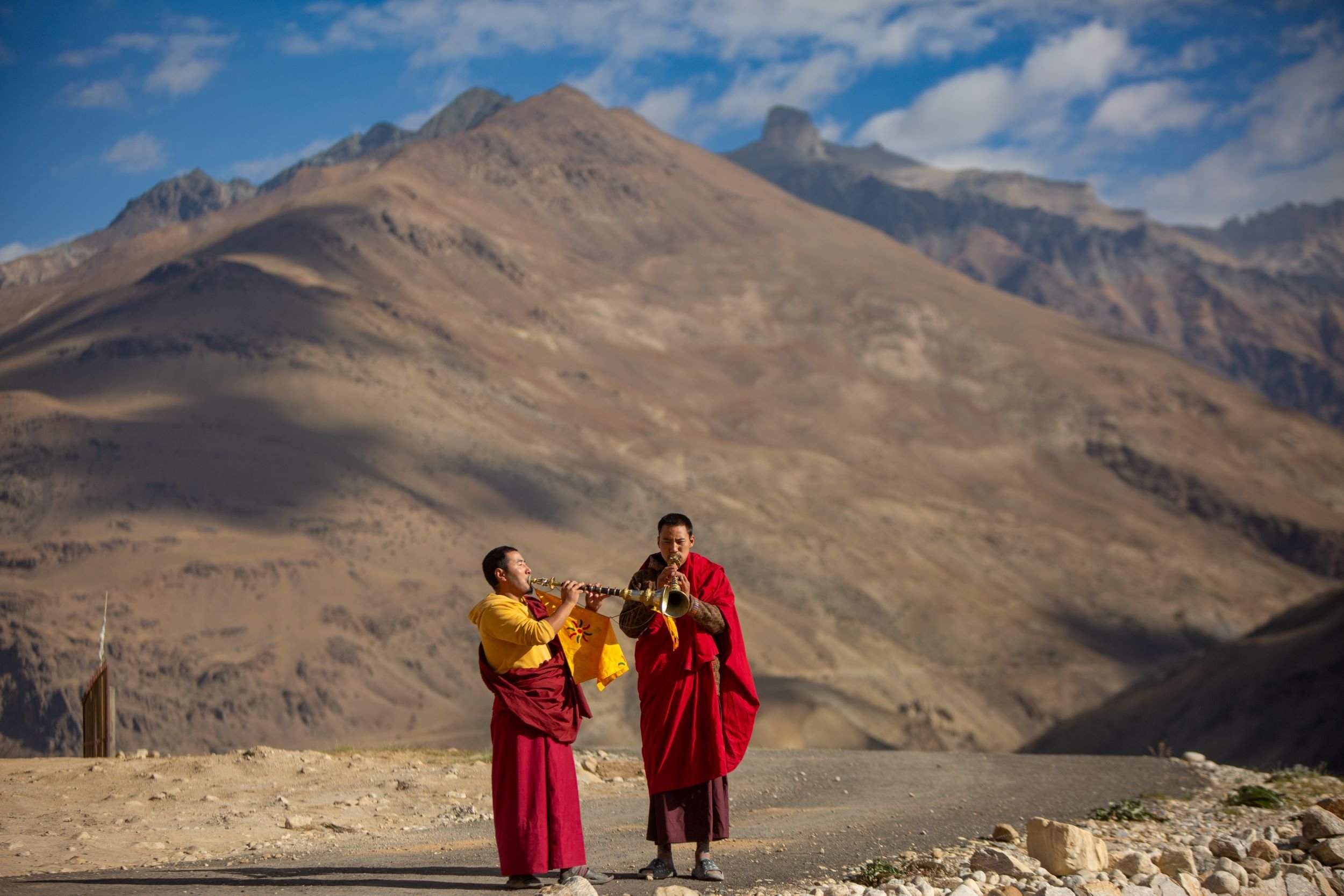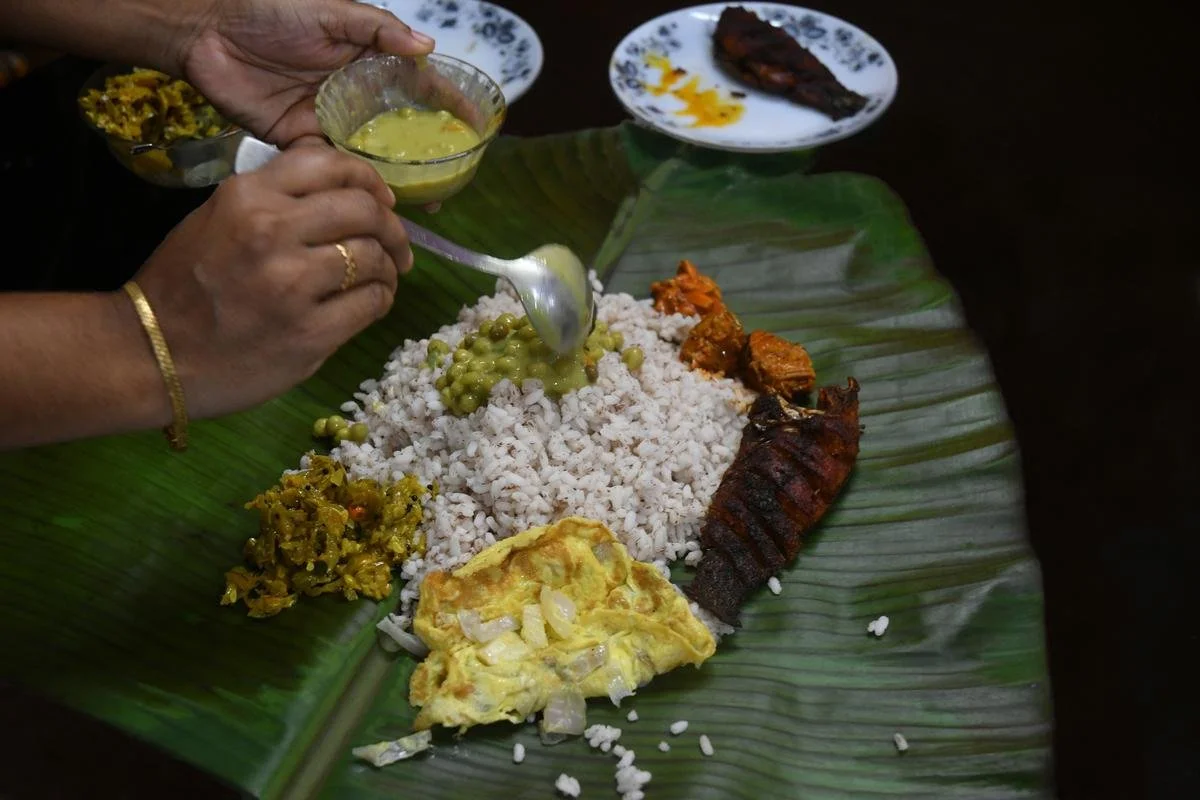A Walk Through the Walled City of Old Lahore

Lahore, known as the Heart of Pakistan, is an ancient city, home to spice markets, mosques, bazaars and an incredible local cuisine. Lahore's architecture reflects its Mughal and Sikh legacy, in forts, mosques and gurudwara, and later, the colonial-Gothic style of the British Raj.
Old Lahore, known also as the Walled City of Lahore, or locally as Androon Shehar, the Inner City, was once the Mughal capital, during which time the Lahore Fort was constructed. Later, under Sikh rule, it blossomed again, and to this day, remains the cultural heart of Lahore. Hina Husain takes us on a virtual walk through the colourful streets of the Walled City.
Lassi in old Lahore is a connoisseur's dream, made with the addition of khoya or rich milk solids. Shops dedicated exclusively to this one beverage often have long lines and significant wait times. But the end result is famously worth it.
No visit to Old Lahore is complete without sipping on a hot cup of chai while sitting alongside the city’s bustling marketplaces. Paired with parathas, or fried eggs and snacks, it is literally the fuel the city runs on. In the lanes of the Walled City, you can have your choice of chai - doodh patti, sweet and strong; Kashmiri chai, pink and frothy, with a topping of crushed cashew, almond and pistachios; malai marke chai, with a dollop of cream on top; or karrak with cinnamon and ginger.
Women negotiating prices on pots and pans in Anarkali Bazaar. Anarkali Bazaar is one of the biggest markets in Lahore, and one of the oldest in South Asia. The bazaar sells textiles, garments, and jewelry, and has two parts — old and new. The old market is famously home to street vendors selling traditional culinary delicacies.
A shopkeeper in Kasera Bazaar sells bronze and copper utensils. Kasera Bazaar, a 125-year-old market selling iron, steel, brass and copper, is famous for its antiques, and has over 100 shops, several of which export their wares internationally.
Wazir Khan, a Mughal-era mosque from the 17th century in the heart of Old Lahore. This iconic architectural landmark is located along the city’s Shahi Guzargah, or Royal Road, which was historically used by Mughal nobility as they made their way towards the city.
Harissa is a favourite winter dish prepared with slow-cooked meat, lentils, rice or wheat. With a consistency somewhere between stew and porridge, Harissa is usually cooked overnight, over very low heat, until all the ingredients slowly marry into one delicious simmering dish.
In 1780, after the fall of the Mughals, Lahore came under the rule of the Sikhs, and eventually became their administrative capital. They ruled from the Old City's Lahore Fort, and Sikh reconstruction was based upon Mughal precedent. Here, the Samadhi of Ranjit Singh is an 18th-century Sikh Mausoleum that houses urns holding the cremated ashes of Sikh ruler Ranjit Singh. The building showcases elements of Hindu, Sikh, and Islamic architecture and motifs.
One of Lahore’s most iconic landmarks, Badshahi Masjid was built by Mughal emperor Aurengzeb in 1671. It is the second largest mosque in Pakistan after Faisal Masjid in Islamabad. The mosque's interior is embellished with Mughal murals and carved marble.
A vendor selling pulses and lentils at a bazaar located next to Delhi Gate in Old Lahore. Built during the Mughal period, the city was originally fortified by a wall consisting of 13 gates, six of which are still standing. During the Mughal era, Delhi Gate served as the main gateway to Lahore.
Fresh coconut sold on street carts in the Walled City. The inner flesh is cut into petal-shaped wedges, and coconut water is sold in plastic bags, alongside.
Lamb paayee, or trotters, eaten with warm naan, are a delicacy in the Old City. Slow-cooked to a rich, gelatinous texture, the best paye stalls are a hotly contested subject, but some of the most famous paye vendors are found in Anarkali Bazaar.
Hina is a writer and photographer from Toronto, Ontario. You can follow her work here.
ALSO ON THE GOYA JOURNAL


















